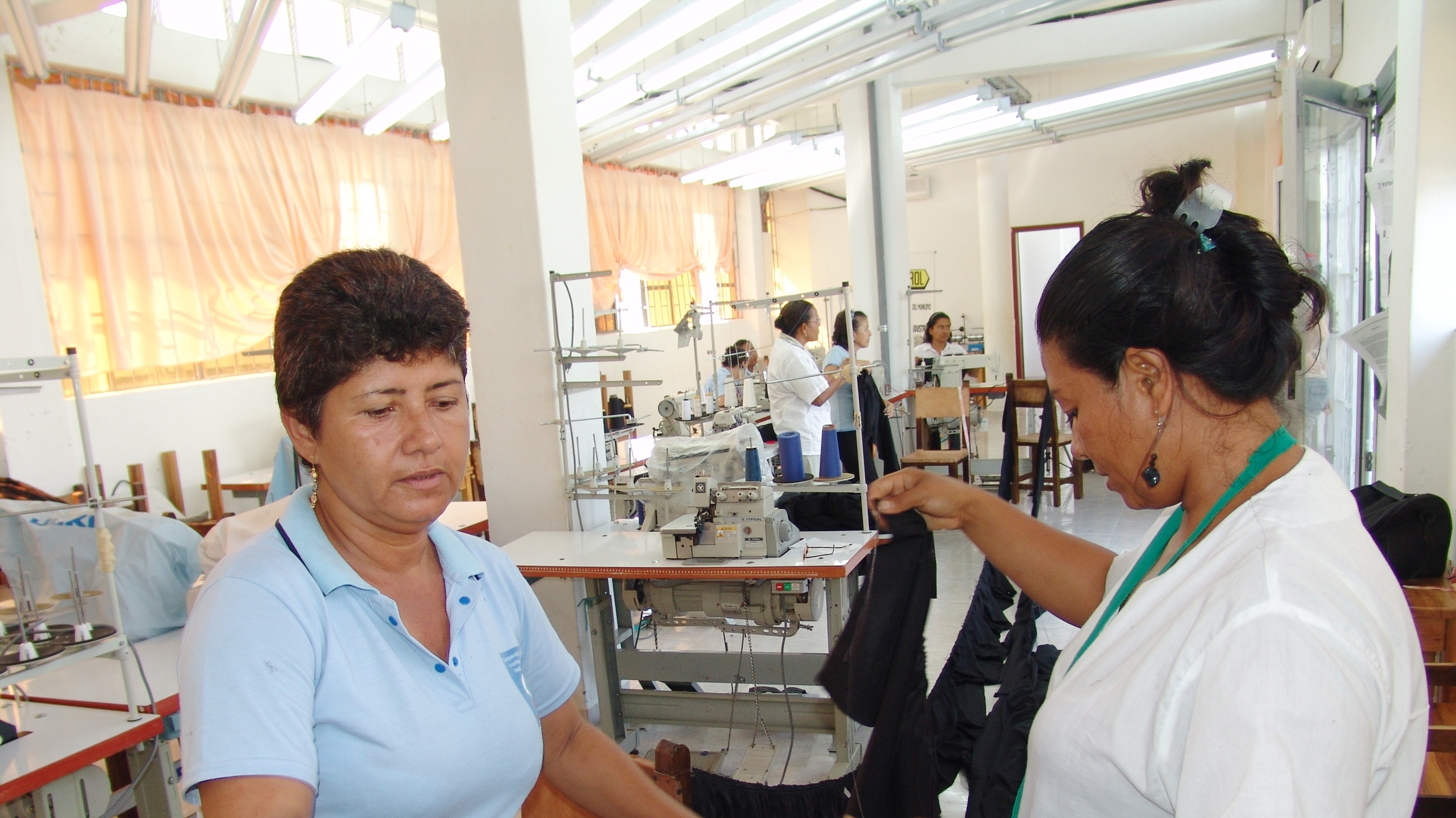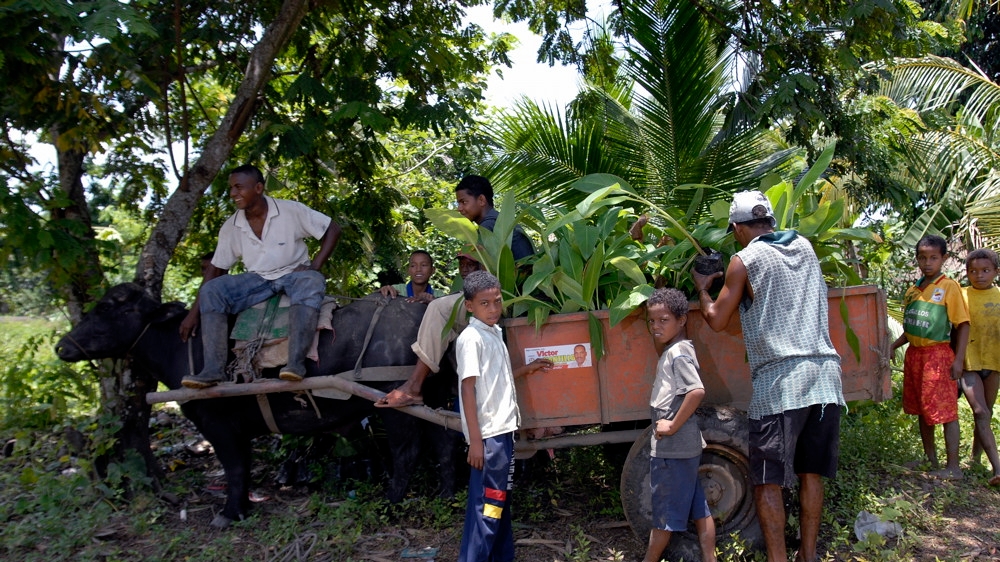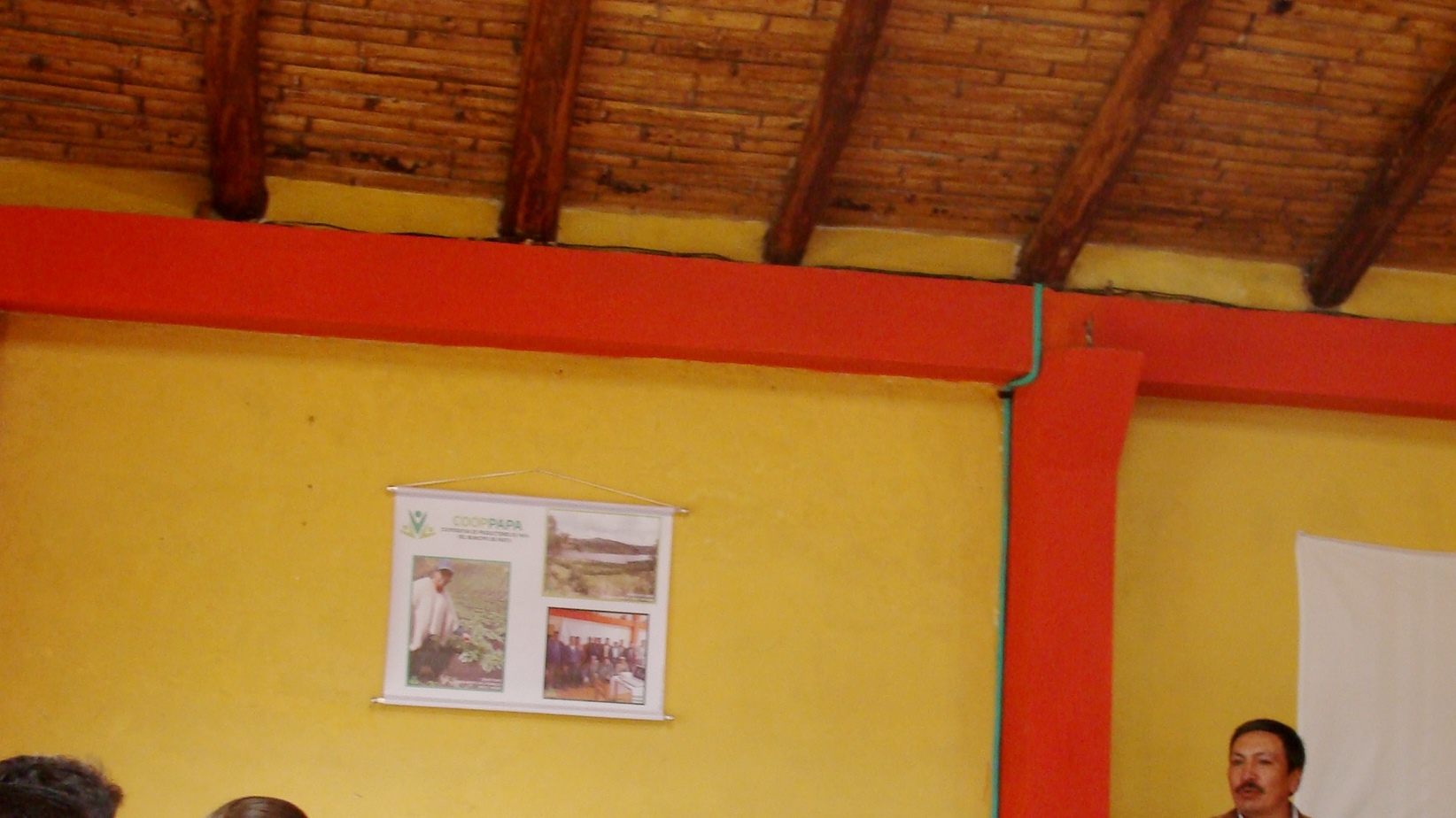Challenge
Colombia, despite its impressive economic development faces a sustained challenge of high levels of inequality. The internal conflict and the high rates of violence have had a negative impact on the social and economic development of the country. Between 4.7 and 5.7 million people were internally displaced between 1985 and 2012. The conflict is waged primarily in rural areas over control of territory. It takes place in regions characterized by weak institutions and, in many cases, corruption and cronyism, high levels of impunity, expansion of illicit crop cultivation, and little opportunities for participation by civil society institutions. The Project assumed the challenge of assisting low income and displaced populations in rural and urban communities in conflict-affected regions with the aim to reduce the risk of their exposure to conflict and mitigate the negative impact of possible derived effects. In particular the project utilized two approaches in conflict-affected regions in the midst of violence: i) building assets to mitigate the risk of displacement, and ii) restoring a basic safety net for displaced and vulnerable families as a vital first step in their social and economic stabilization.
Solution
Over a 14 year period, the Project designed, tested and validated a development innovation (intervention model) that included three main components:
i) a set of guiding principles of development to create conditions for lasting and durable peace;
ii) a proven methodology, which is highly inclusive and follows a step by step process that starts small and local and gains increasing size, complexity and influence over time; and
iii) an institutional arrangement to manage the activities based on a partnership between civil society organizations and the government (at the national and territorial level) facilitated by the World Bank. The Project developed social, economic and environmental assets and community support for displaced and vulnerable families in the priority areas of the conflict-affected regions through a wide range of subprojects, from food security and income generation to social and cultural promotion.



